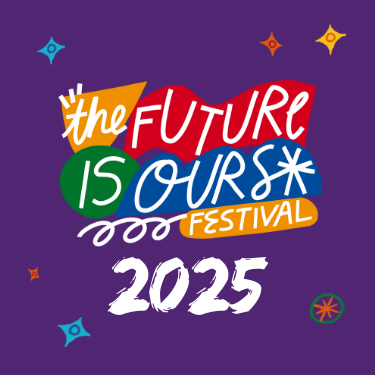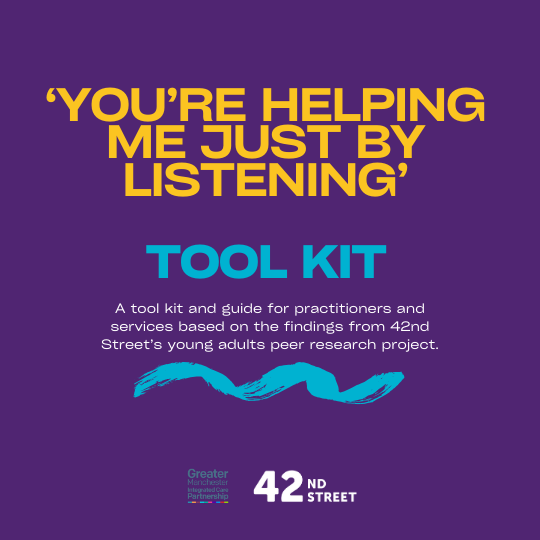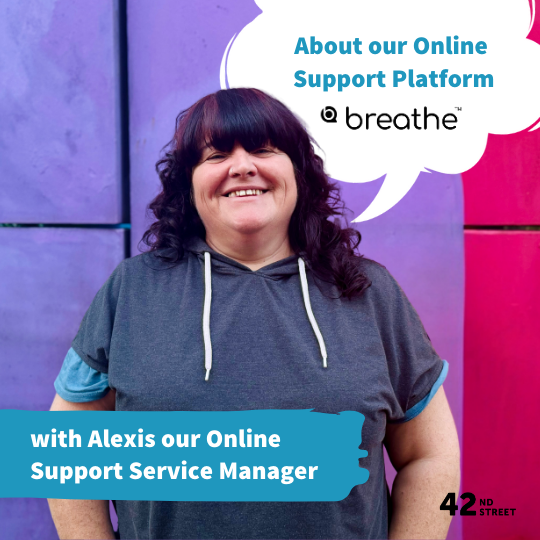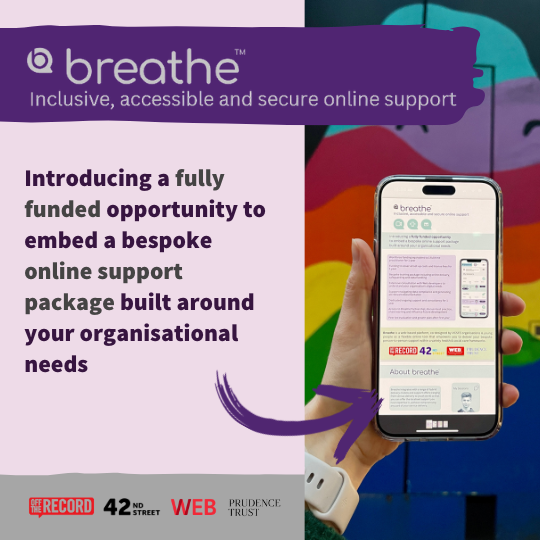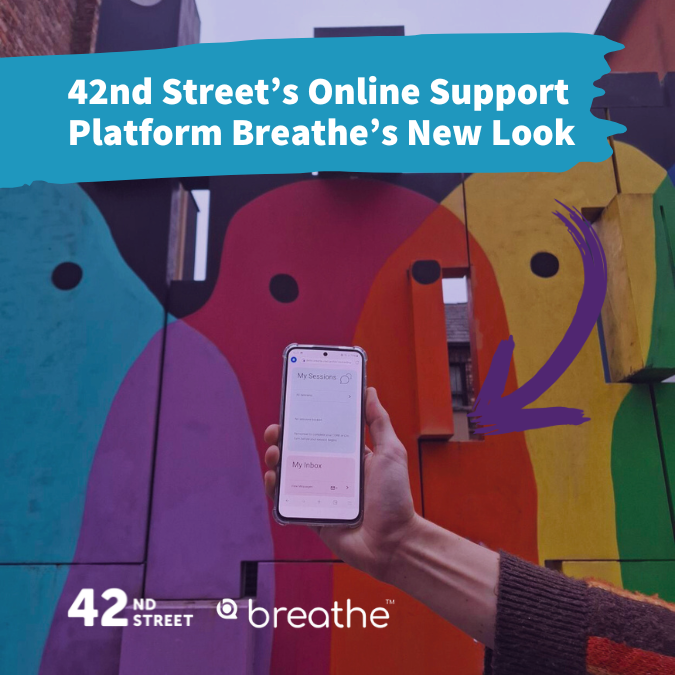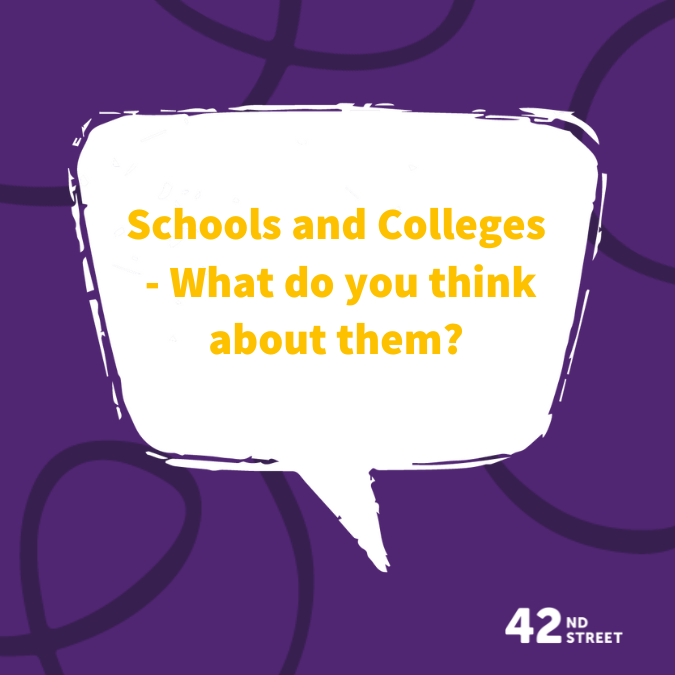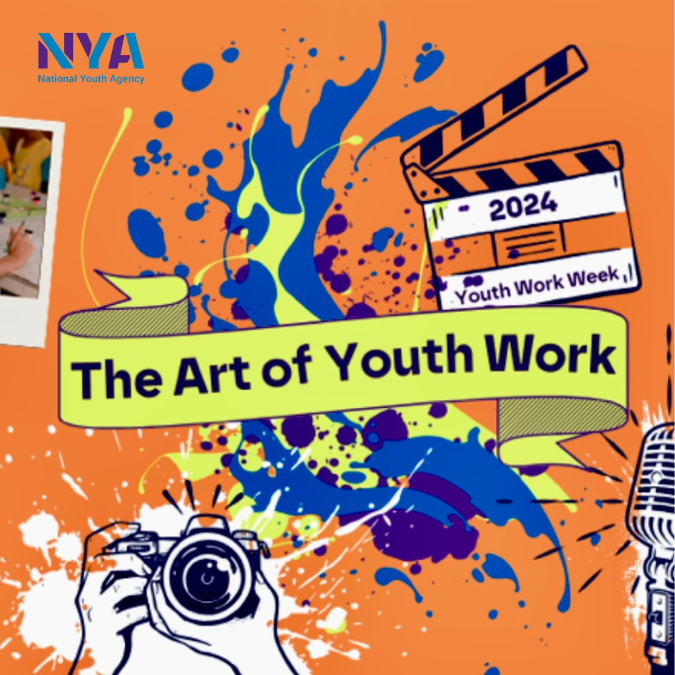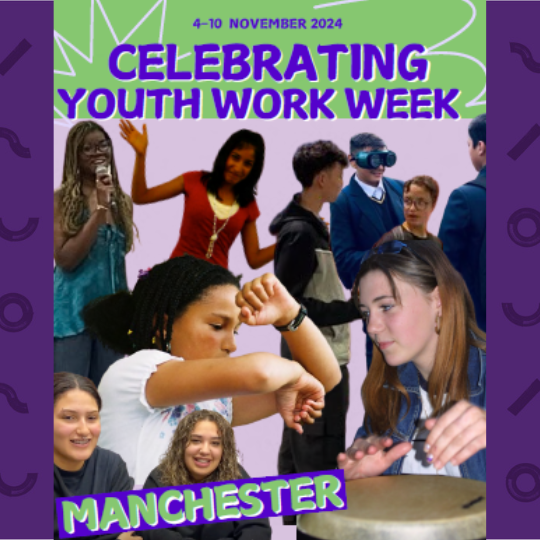CEO Simone Introduces The Future is Ours Festival
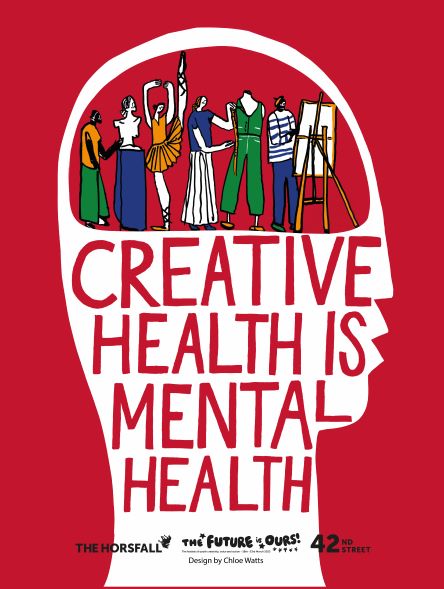

Written by: Simone Spray, CEO of 42nd Street and The Horsfall.
March 2023 sees the celebration 42nd Street’s third annual “The Future is Ours” festival with free events being held throughout the month (details here and on Instagram) showcasing, artwork created by young artists accessing The Horsfall, one of the only art galleries and creative spaces in the world dedicated to young people and right here on your doorstep in Manchester.
This year’s young creatives were Ivy, Luraiya, Maja, Olivia (Freequency 3), Gemma, Mahdiyyah, Princess Arinola (PA BItez), Ciera and Katie. They are set to inspire and challenge audiences with music, poetry, visual arts, comics books, interactive installations, a bespoke live performance day called The Festival of Randomness and a Symposium (which you can view online in full here) where young people launched our new campaign “Our Right to a Creative Life and Creative Spaces”

Aged between 14 and 24 these incredible young people and the conversations at the Symposium held on 23rd March have reminded me how important it is that we must create the opportunities for young people to have access to creative and caring spaces and to be supported to use their voice about the things that matter to them the most. In these difficult times with increased pressures on our health and social care system and the increasingly challenging economic, social and political climate that we all find ourselves submerged within, it is easy and tempting to push these arguments and approaches aside as “nice to have” but it is precisely because of these pressures that we need more spaces and opportunities – not less.
We know that more young people than ever need our support, 1 in 6 demonstrated by national research from The Anna Freud Centre, with at least 75% not getting support and those that do often waiting up to 10 years before they feel they have received the support that they need. So, what happens to this 75%? What happens to the young people who are not supported? What happens to the young people that will never cross the thresholds of institutions, who might be from communities and families where mental health still holds huge amounts of stigma? What about the young people who don’t have a good a relationship with people that might refer or support them? Where can they find spaces to express their emotions and feel safe and supported? For example, at the Symposium Joe, a young man from Gorse Hill Studios, (an amazing example and unsung gem in Trafford combining creativity and youth work and having the most incredible impact on young people) described how he felt unsupported in his school where his teacher repeatedly threw away his drawings when he was using them to process his feelings during an incredibly difficult time and how he has felt let down by social workers that have had to move on from his “case” when he felt he needed them the most.
It is almost impossibly hard for everyone supporting young people in the current climate, whether that’s in health, social care, the voluntary sector, the creative industries, education, the criminal justice system or as a parent/carer. We are fighting for every penny (sometimes against each other). Young people’s support and services have been historically underinvested in for decades, leading to another layer of inequity for young people. We need to come together across the system and with young people to find new solutions – which is what the symposium was all about. There was great representation at the event from lots of services and professions, but sadly there was a noticeable gap from social care colleagues which was voiced as a disappointment from young people at the event, particularly care experienced young people, who had taken time out of school, university and work to attend and said “We are upset and we are mad. We want accountability. We were here… where were you?”
Thankfully, many of the 75% are knocking on our door at 42nd Street and The Horsfall and the doors of other VCSE organisations that they can access and identify with; the flip side of this is that we have seen numbers and complexity soar over the past two years, doubling, even tripling in some areas. The unfortunate (unavoidable?) consequence of the increased need and increased complexity is the terrifying waiting times that young people might have to expect leaving me and colleagues, however driven and talented they are, a) worried about the young people we are not able to support as they expect and deserve and b) totally exhausted.
So, what is the solution? Well, the young people from The Horsfall and the symposium are clear that part of the solution would be to create more safe creative spaces. Spaces that you do not need a diagnosis or prescription to access. Spaces that are welcoming and resourced; that young people can engage with on their own terms, in their own time and that are non-judgmental. Space and time to reflect, to learn, to think, to play, to be inspired, to be inspiring, to recharge, to laugh and cry, feel humility and feel strong. Space to create change in themselves, in others and in the wider world.
“We shouldn’t just prescribe for young people, they should be able to prescribe for themselves. Get to see their idea become a reality. See their dreams come true… I used to believe that time was only productive if it was for school or uni etc. I wouldn’t have thought that putting aside two hours to be in creative space or involved in a creative practice would help me. At The Horsfall you can just breathe. It’s a safe space that you can belong.” Gemma, 42nd Street young person.

They argue that these spaces and the creative activity that takes place in them is not a substitute for more traditional approaches to mental health support, but should be seen as an essential complementary approach that can equip young people with a new set of insights and a new set of tools that they can use in their every day lives, beyond the therapy room and beyond the inpatient bed.
“Creativity can take down the intensity of a 1-2-1 session and when you’re drawing things can come out more naturally.” Lizzy, Gorse Hill Studios
They argue that the PROCESS of self-expression and exploration using creative mediums is healing, creates a sense of agency and takes away feeling of otherness and isolation; a process Princess Arinola (PA BItez) beautifully described as “alchemy”.
We are blessed at 42nd Street and The Horsfall, because we can pass on some of the freedoms that we have as a charity to create liberating environments for young people, but it would be a major step forward if we could start to see more of these spaces across our city region, in unusual locations, hospitality to hospitals, shopping centres to family centres and everything between. G, our Creative Mental Health Practitioner at The Horsfall explained “My dream is that there will be thousands of creative drop ins across the country. Like there are park runs. Wherever there is a park run there will be a creative drop in next to it.”
We need a system response to see this step change, As Olivia (Freequency 3), another young creative who performed her new songs at the Symposium so eloquently said… “We’re doing everything we can do but we will only ever achieve the illusion of change until the higher powers and gate keepers acknowledge the importance of this work.”
So, what could YOU do in your work to support more creative spaces? And if you read that sentence and still thought creativity was “nice to have” or worse, “a waste of money and time”, then please watch the interviews with young people from the symposium. Creativity can transmute and create gold…





